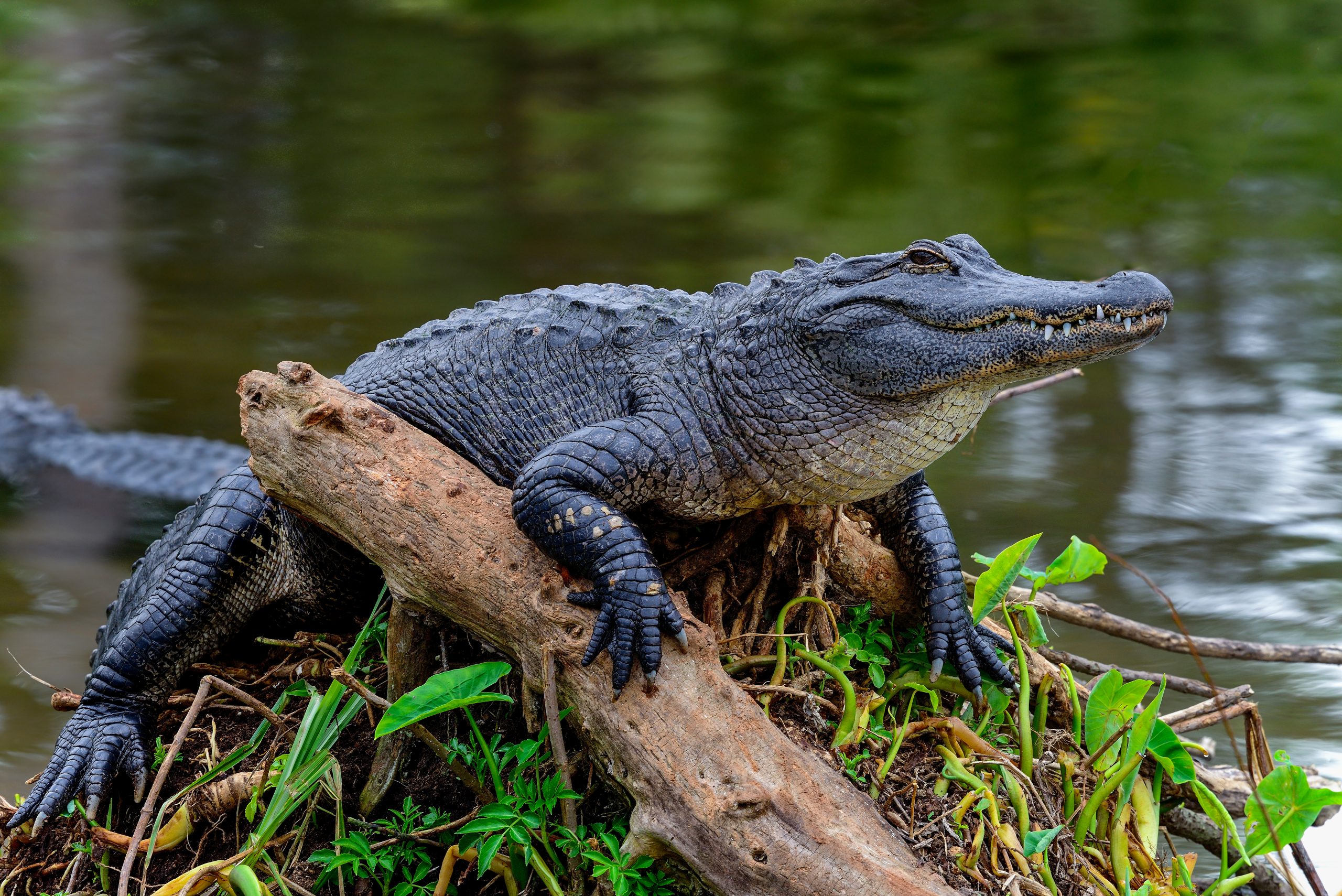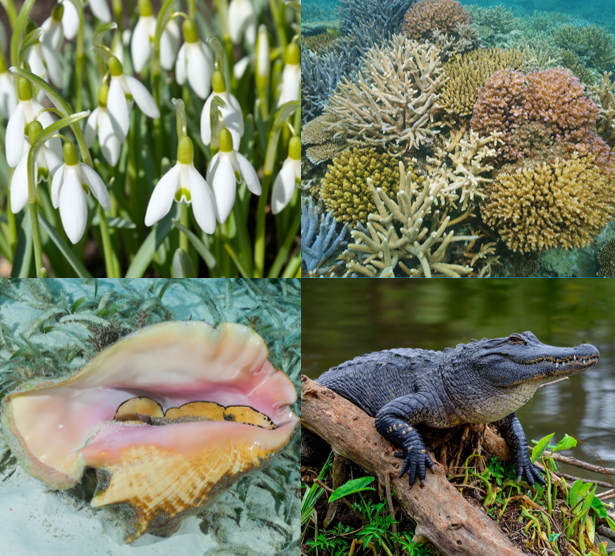News
New assessment of global wildlife trade trends sets benchmark for future monitoring

News | Nov 2022
Launched today, the pilot edition of the World Wildlife Trade Report provides an overview of the international trade in endangered plants and animals over the past decade.
The report considers the scale and trends in the global trade of nearly 40,000 species regulated by the Convention on International Trade in Endangered Species of Wild Fauna and Flora (CITES) - an international agreement that aims to ensure that international trade in animals and plants does not threaten their survival in the wild.
Authored by wildlife trade experts at UNEP-WCMC, TRAFFIC and the International Union for Conservation of Nature Sustainable Use and Livelihoods Specialist Group - launched today at the latest CITES Conference of the Parties in Panama - the World Wildlife Trade Report considers overarching trade volumes, summarises the conservation and socio-economic impacts of the legal trade in wildlife, and explores linkages between illegal and legal trade.
Based on data reported by CITES Parties in the CITES Trade Database and analysed by UNEP-WCMC, it is revealed that more than 1.3 billion individual plants and animals were reported in international trade between 2011-2020, of which 18% were wild-sourced. This trade predominantly consisted of orchids and snowdrops, but other plants such as holy wood, Mongolian oak, cacti, and sago palms (often traded by weight or volume) also feature in the report. While the proportion of wild-sourced plants in trade decreased over the decade compared to those that were artificially propagated, trends for animal trade were more variable, with a substantial proportion still sourced from the wild.
Newly listed CITES species are also highlighted as some of those most highly traded. Some of the most traded species, from more than 100 new additions to the Appendices in 2019, included tokay geckos, shortfin mako sharks and sea cucumbers.
Positive impacts for CITES-listed species documented in the new report include the increase, stabilisation, or maintenance of populations. For example, the regulation of snowdrops traded from Georgia ended an uncontrolled harvest and resulted in the stabilisation of a declining population. Reduced pressures on some wild populations are also highlighted, as in the case of the captive breeding of pythons in Vietnam, which has removed the need for farmers to source wild pythons.
In contrast, the report shows how poorly managed trade can have a negative impact, resulting in overexploitation of species and population declines. Such concerns led to the introduction of the CITES Review of Significant Trade process, a key CITES process that generates recommendations for Parties to take remedial action, such as trade suspensions.
In terms of the financial value of global CITES trade, the report estimates the average annual value of direct exports at USD 1.8 billion for animals and USD 9.3 billion for plants. Exports of reptiles (particularly crocodiles for skins) and fish (notably sturgeon for caviar) accounted for over two-thirds of the average annual value of CITES-listed animal exports. Meanwhile, approximately two-thirds of the estimated average annual value of plant exports came from timber.
The value of wildlife trade extends far beyond its financial value and today’s report also explores its wider socio-economic impacts and how the regulated trade in wildlife can help meet the UN Sustainable Development Goals, increasing livelihoods and local rights, boosting health and food security, and even reducing human-animal conflict.
While most documented socioeconomic impacts were positive, limitations were also found, particularly in terms of how benefits are distributed. Harvesters and collectors at the bottom of the chain often receive only a small proportion of the total value of wildlife trade – but these can be critical contributions to livelihoods.
The report’s final chapter discusses the links between legal and illegal trade, particularly in terms of how much potentially legal trade is categorised as illegal because of non-compliance with CITES regulations.
“Understanding the benefits that sustainable and legal trade brings – and comparing these against the negative impacts of unsustainable and illegal trade – can provide strong incentives for national authorities to better manage the international wildlife trade. The pilot edition of the World Wildlife Trade Report is an important step in this direction.”
Inger Andersen, UNEP Executive Director
“Overexploitation is a key driver of species loss, and it is vital that we have a strong evidence-base for making decisions on international trade.
“Today’s report provides an important new mechanism for monitoring implementation of the CITES Convention. Regular analysis in time for future CITES CoPs will enable us to highlight notable trends in international wildlife trade, consider the conservation status of species for which international trade is regulated by the Convention, and to provide the Convention with a means to monitor progress. UNEP-WCMC looks forward to continuing to work with the alliance of report partners in order to progress future benchmarking, analysis and action.”
Claire McLardy, report co-author and UNEP-WCMC Global Wildlife Trade Lead

Have a query?
Contact us
communications@unep-wcmc.org
